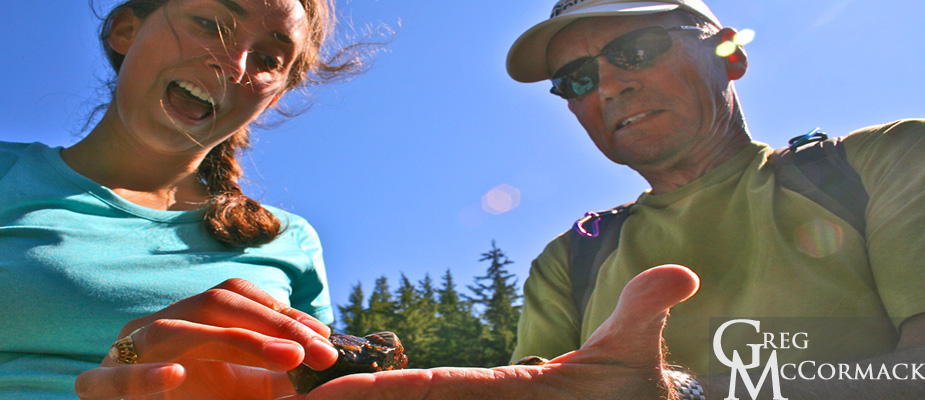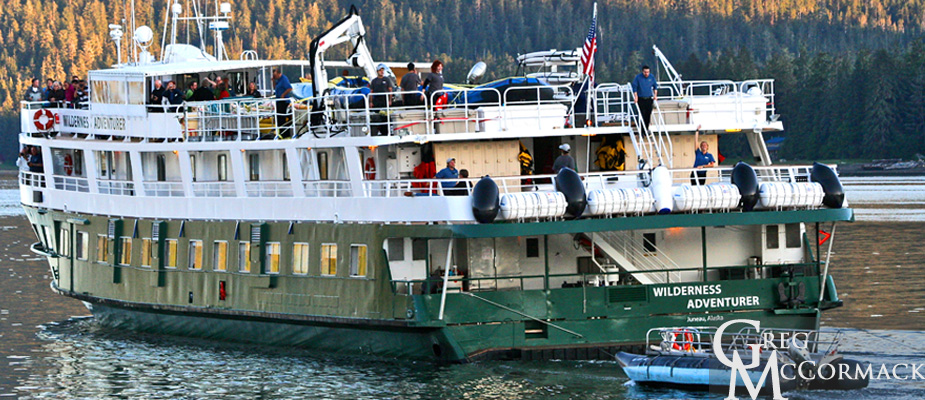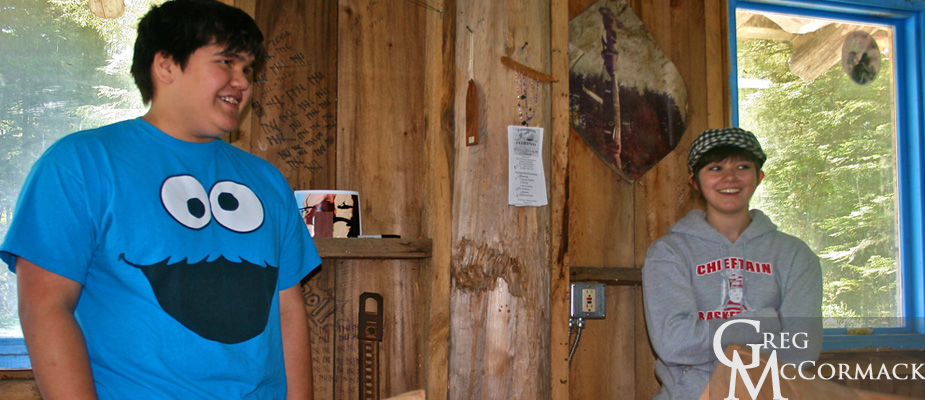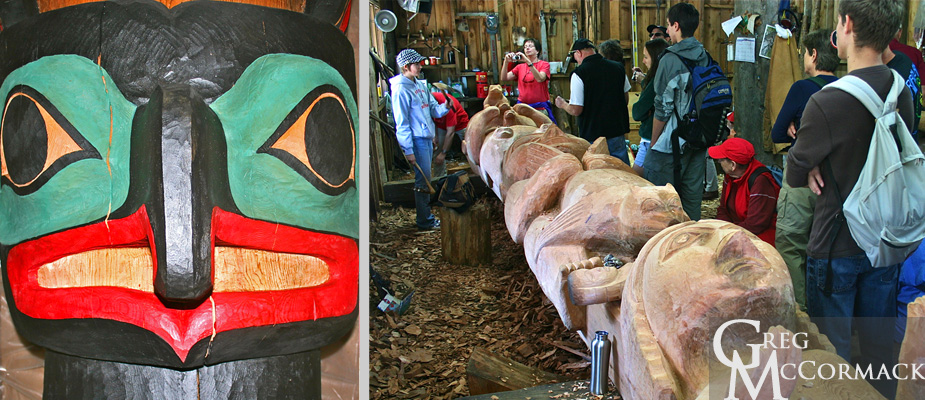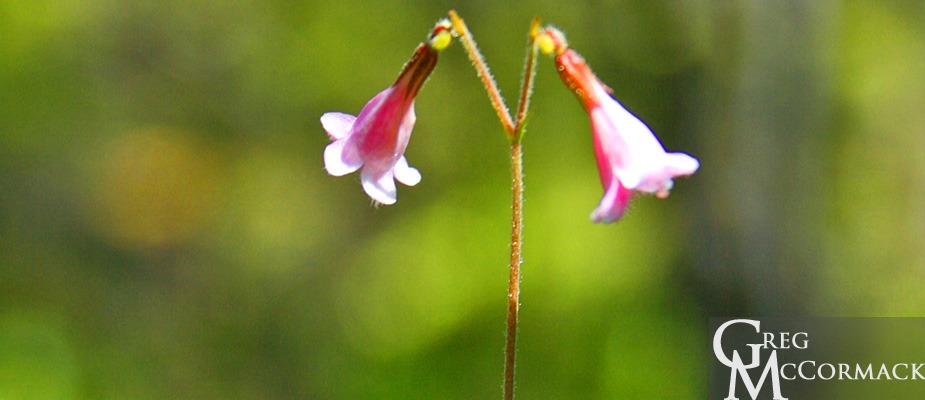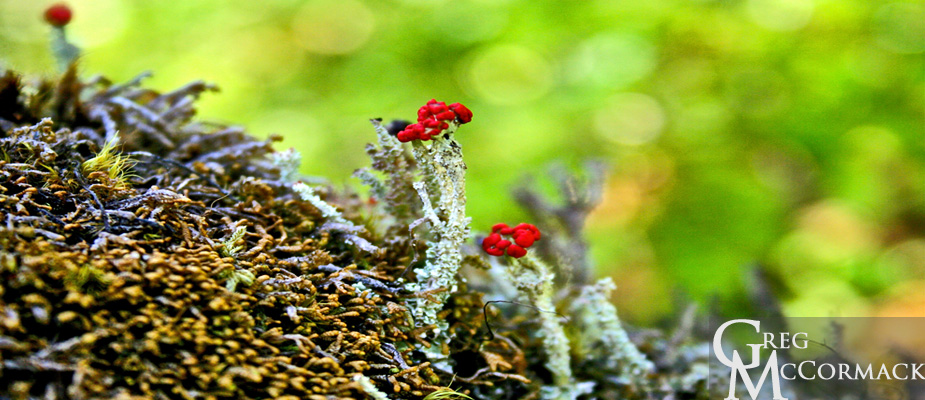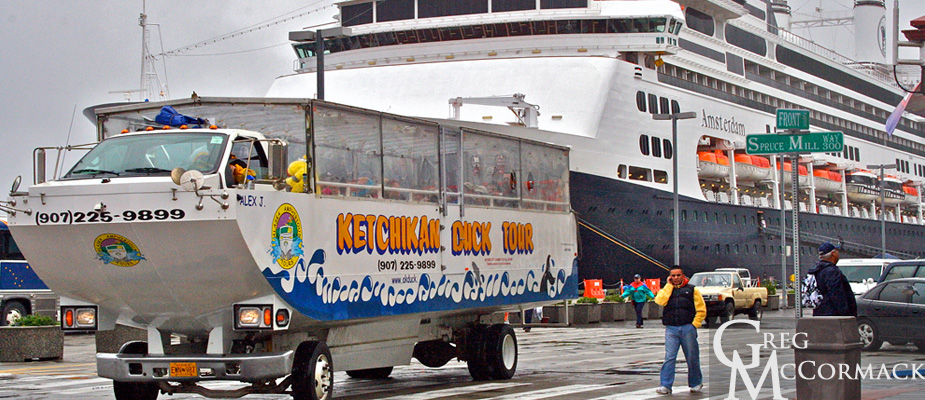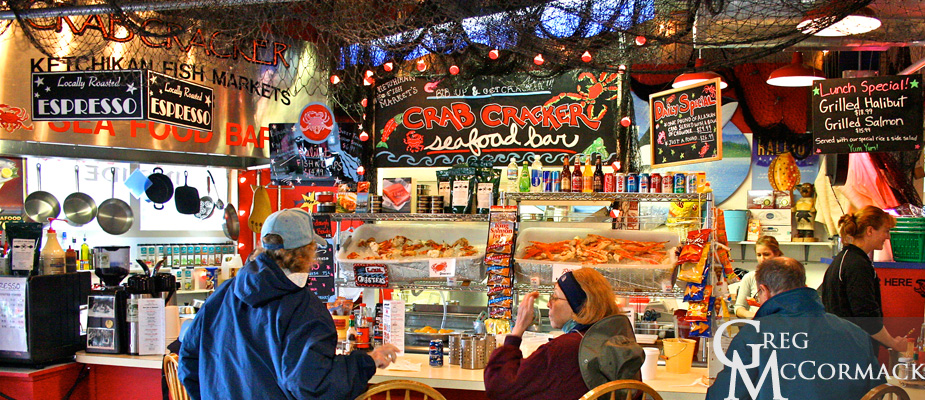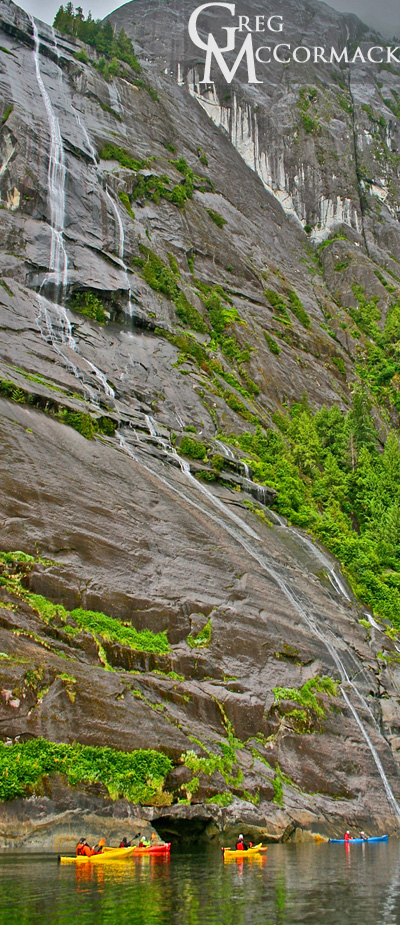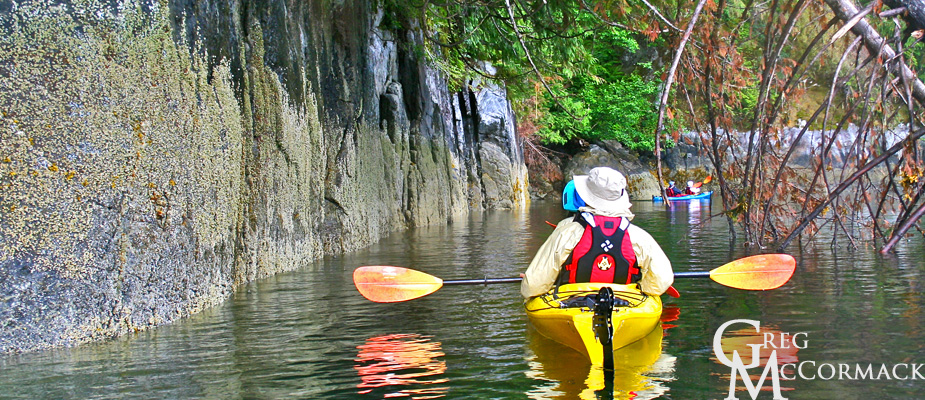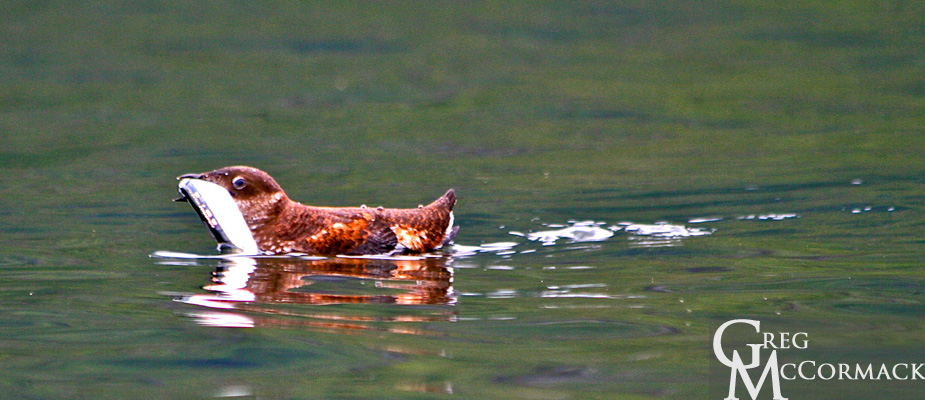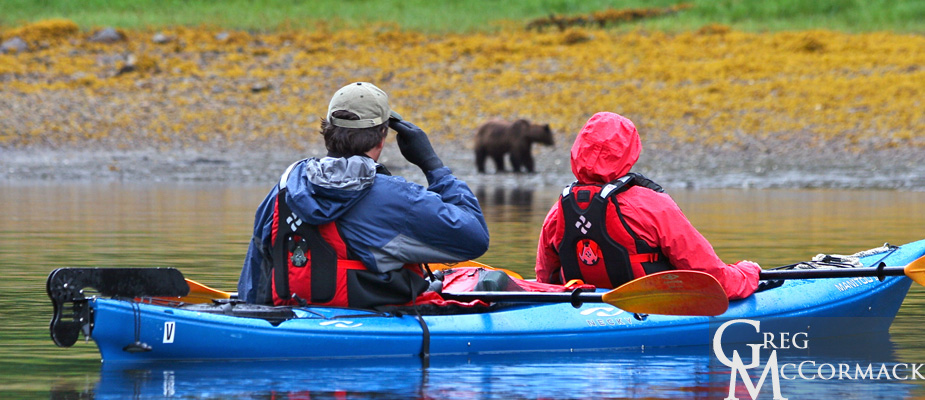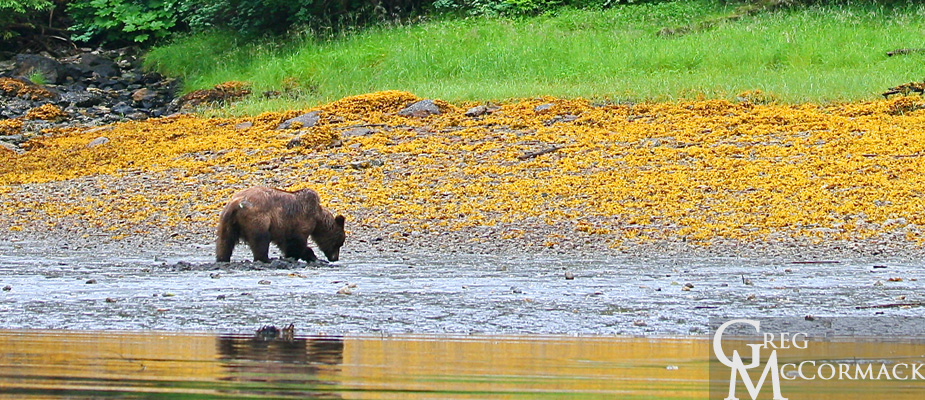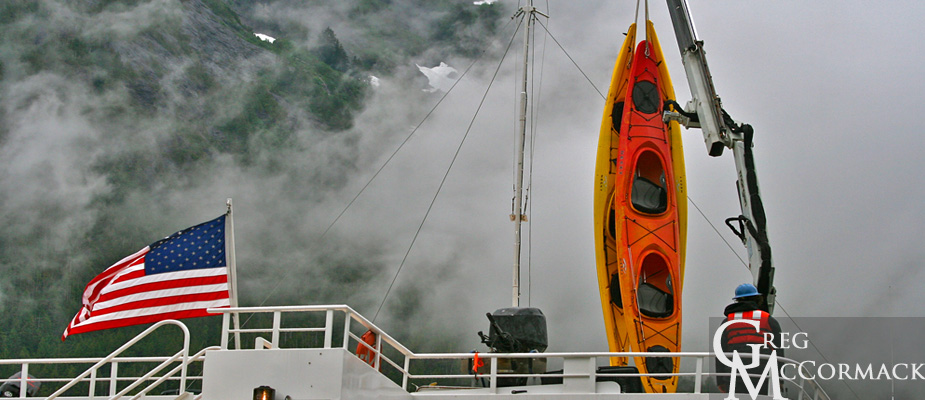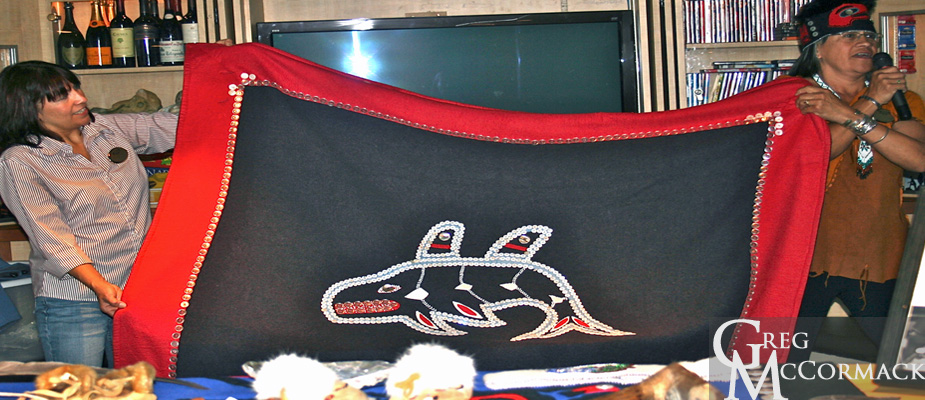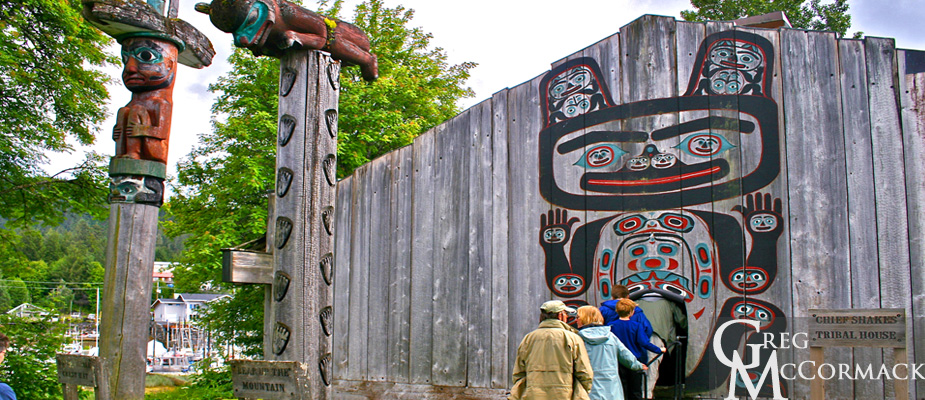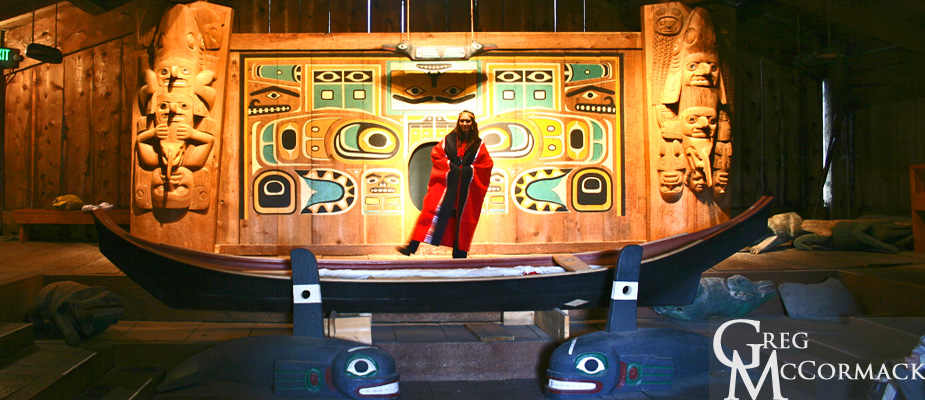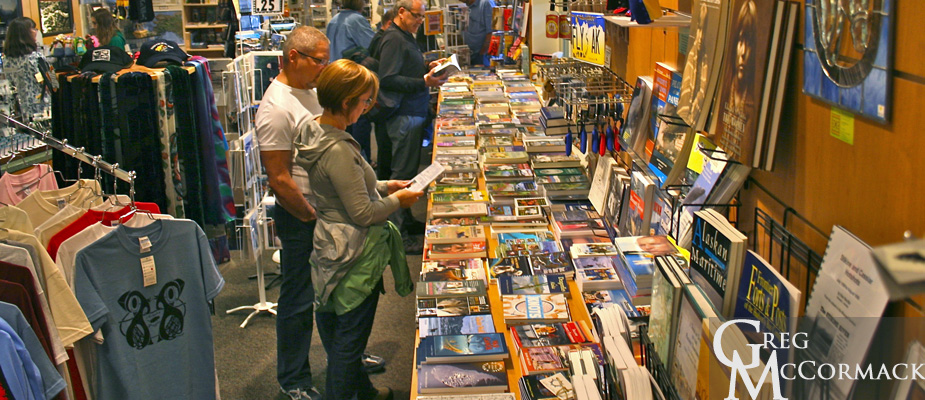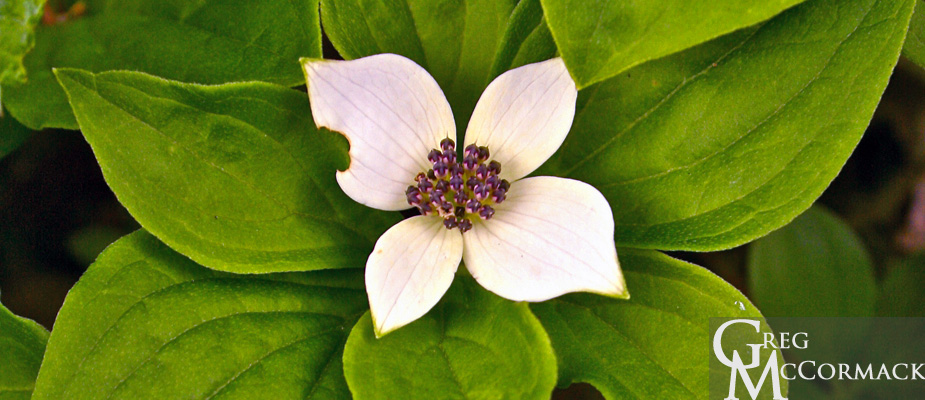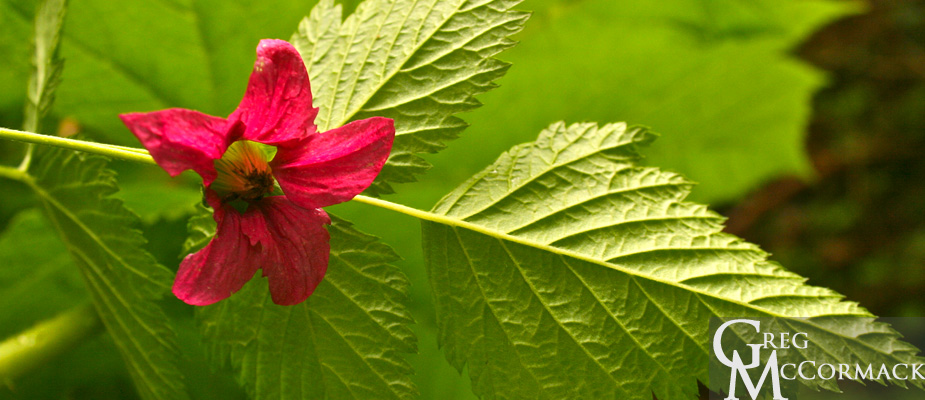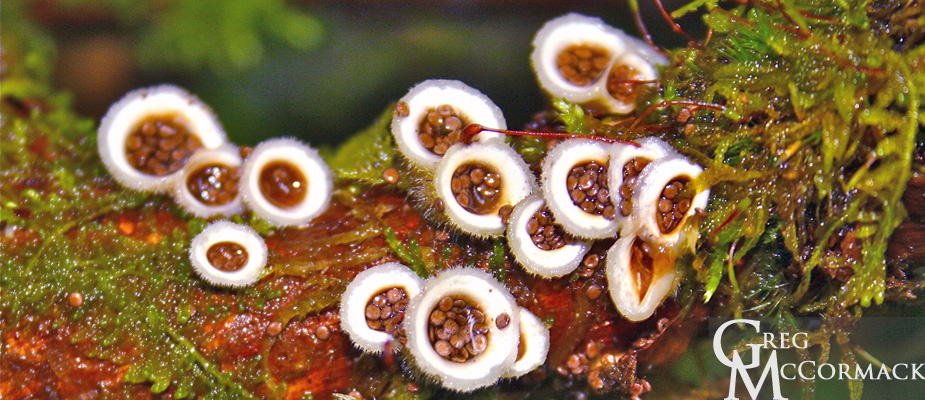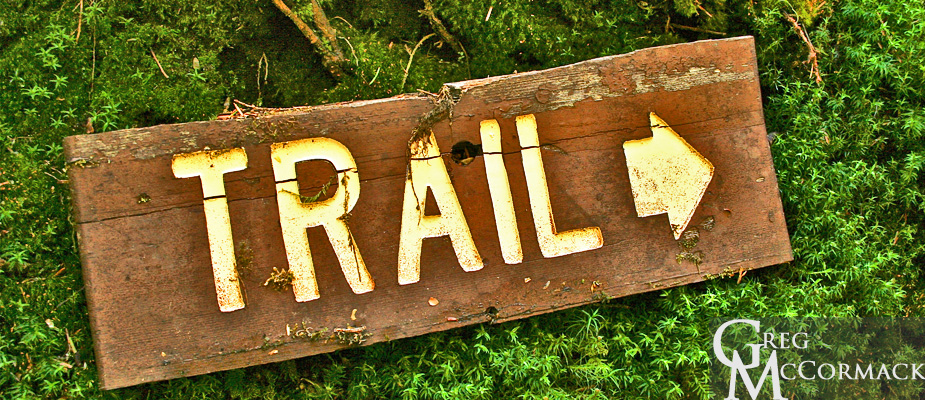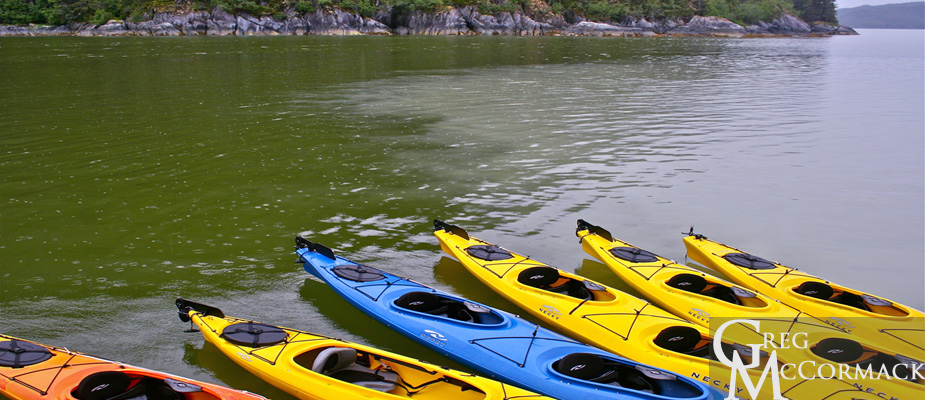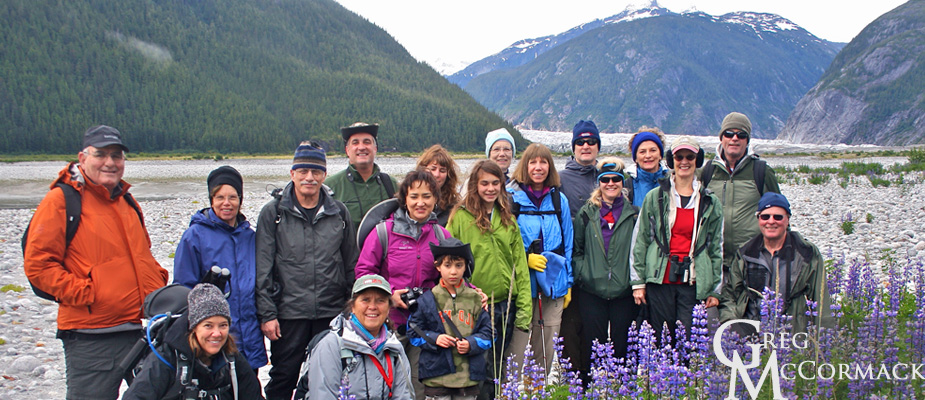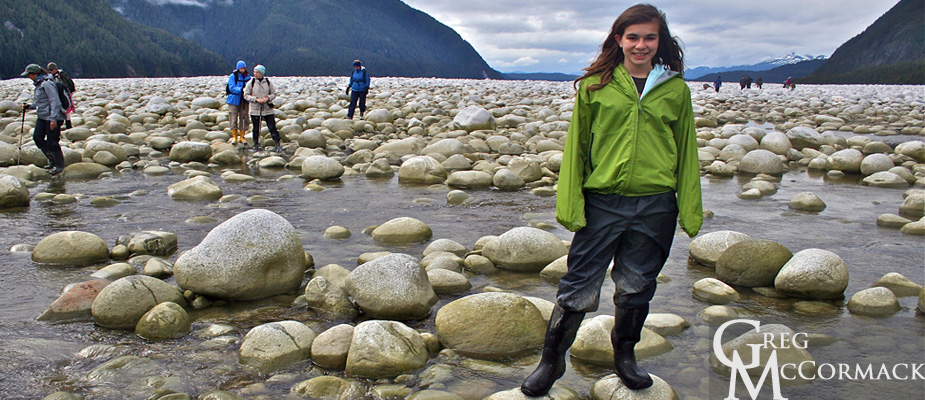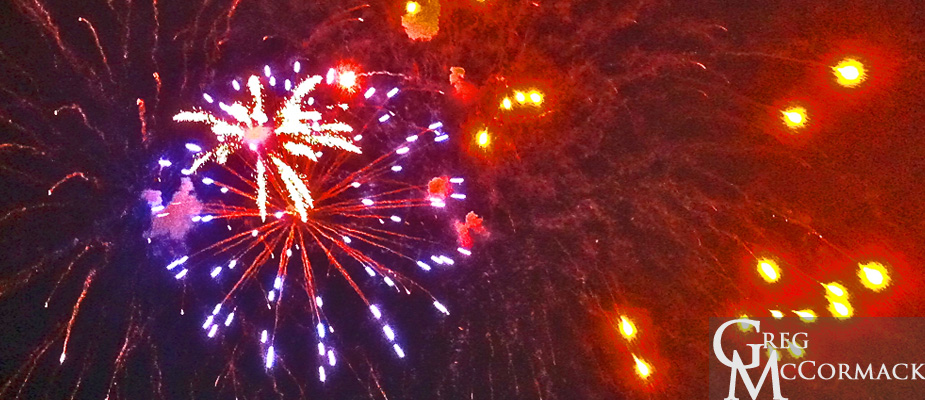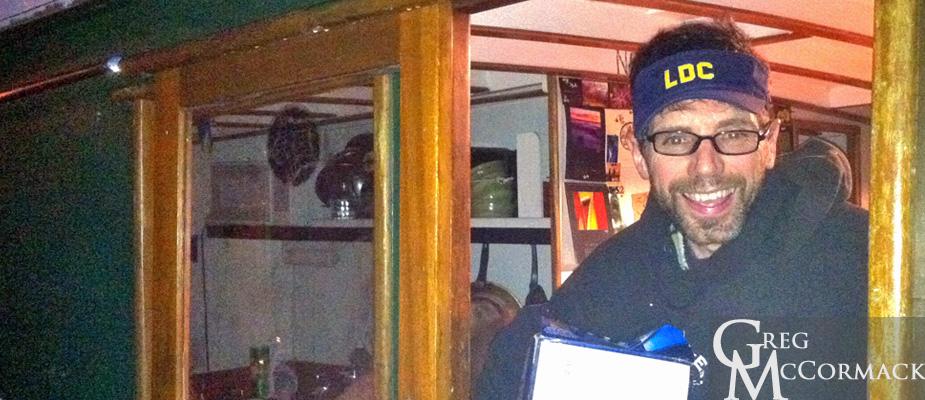Tuesday | July 12
September 26, 2011 by admin
Filed under InnerSea Discoveries
Blashke Islands
“I went to the woods because I wished to live deliberately, to front only the essential facts of life, and see if I could learn what it had to teach, and not, when I came to die, discover that I had not lived.”
-Henry David Thoreau
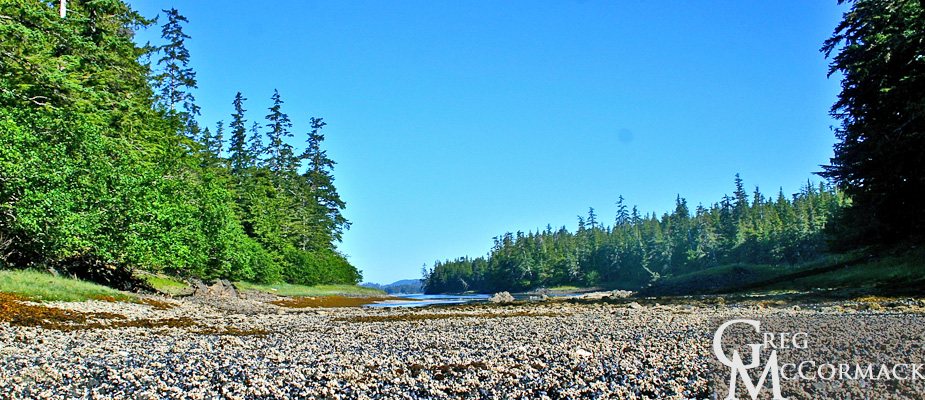
The expedition team is up at 0600 for scouting hikes and kayaks in a place we have not been to all season. A small-craft advisory was in effect for Chatham Strait, hence the change in the itinerary for the next three days.
I lead a walk on the north-east side of a complicated but small archipelago of islands. The far reaches of the arm where our group of adventurous hikers are dropped off is an incredibly rich area for intertidal invertebrates. The channel connects with an inner bay only at high tide.
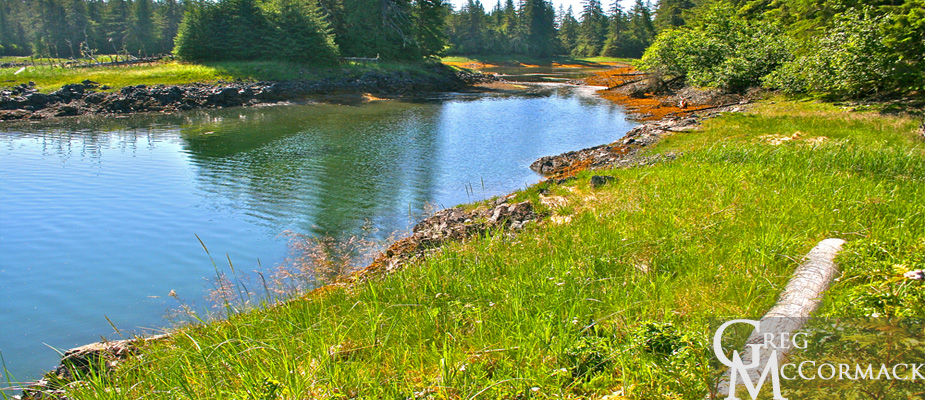
Brightly colored leather stars cover a long and thick bed of mussels.
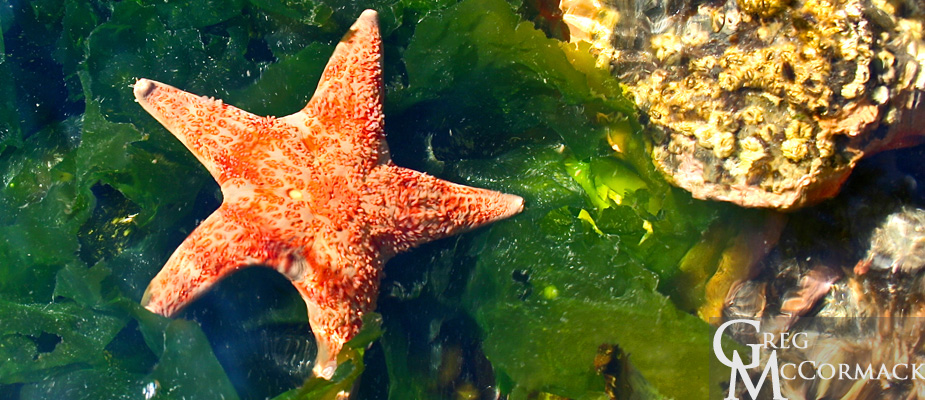
Dozens of tidepool sculpins are scattered about in tide pools, while a couple of Pacific Staghorn Sculpins succumbed to stressors with their last breaths in the shallow and heated tide-pools.
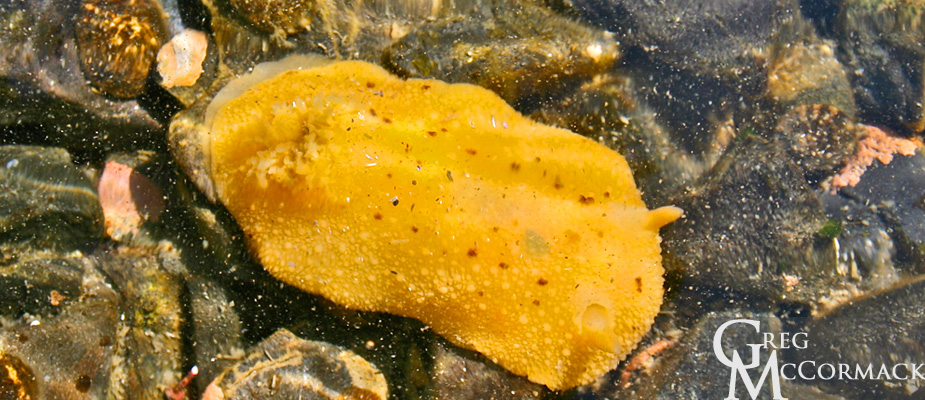
Air temperatures reached close to 80-degrees Fahrenheit, a veritable heat-wave in Alaska.
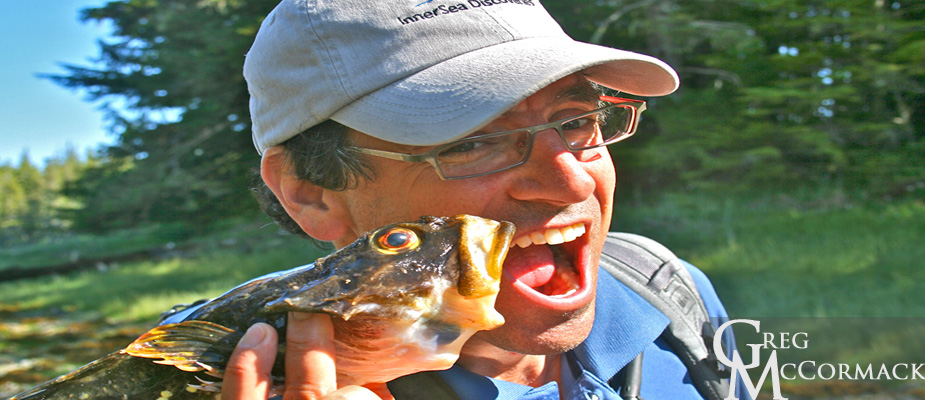
We enjoy a couple of hours of bush-whacking to a muskeg or peat bog. Plants include Shore Pine (Pinus contorta various contorta), the carnivorous round-leaf sundew, Labrador tea, sphagnum mosses, cotton grass, and dwarf hemlocks growing out of the acidic soils.
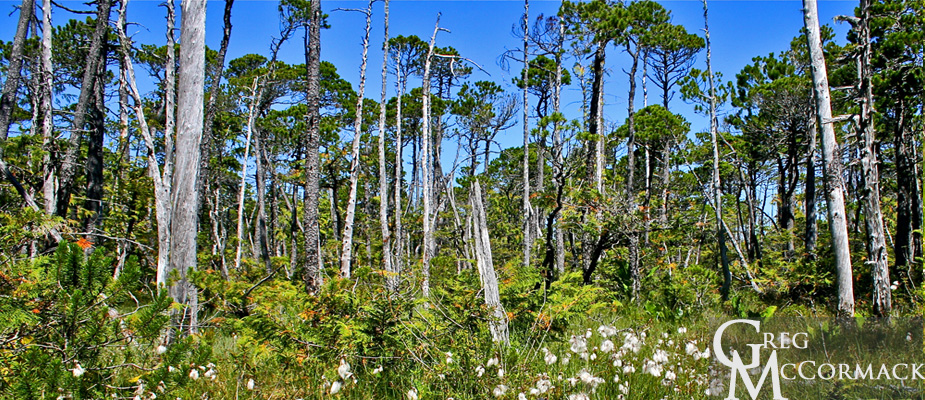
Upon our return to the inner bay of the island complex, everybody wades into the water to clean off the sweat built up from our inland foray.
In the evening everyone gets up on deck for the evening light show along the Wrangell Narrows that splits Kupreanof and Mitkof Islands. I give some interpretation of the navigational markers as we pass through this famous passage. Word is out amongst passengers and crew, that we will be passing—for the first time this summer season—our sister ship, the M/V Wilderness Adventurer.
We all get out on the decks and give a group yell as we pass each other port-to-port at about 5 nautical miles per hour.
Wednesday | July 13
September 26, 2011 by admin
Filed under InnerSea Discoveries
Ideal Cove, Frederick Sound
“Live each day as you would climb a mountain. An occasional glance towards the summit puts the goal in mind. Many beautiful scenes can be observed from each new vantage point. Climb steadily. Slowly, enjoy each passing moment, and the view from the summit will serve as a fitting climax to the journey.” –Joe Porcino
We awake to another hot and sunny day. We are anchored at the mouth of the mighty Stikine River, the longest fast-flowing, un-dammed navigable river in North America. One can motor upstream 170 river-miles to Telegraph Creek.
The glacier and snow-clad Coast Range is stunning in the morning sunshine. I lead a group of kayakers into Ideal Cove adjacent to the 17-mile wide Stikine River delta. Ice-bergs that discharged out of the fiord from the Le Conte Glacier are a brilliant blue against the coniferous-green backdrop of the rainforest.
Port Houghton lies just east of Frederick Sound and the Five Fingers Lighthouse. We go in for sunset and anchorage in Sanborn Arm.
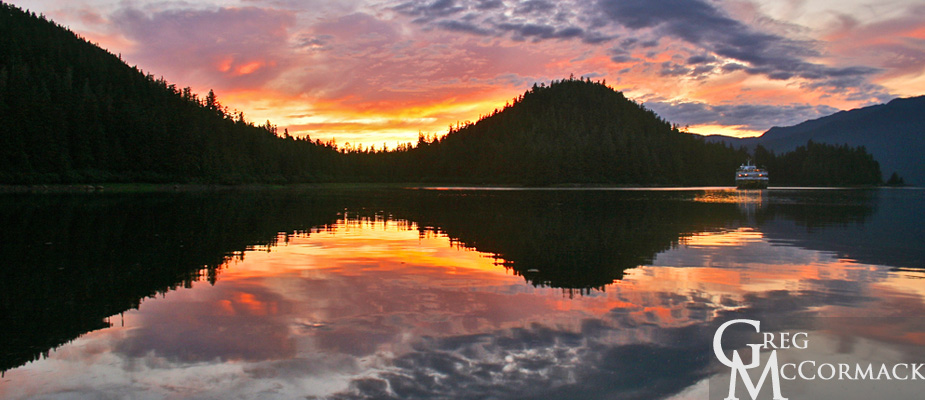
I take a scout boat up Port Houghton Inlet to investigate landings for tomorrows’ hikes. The lighting is ineffable, scintillating and bordering on phantasmagorical. Cloudscapes, landscapes and seascapes are ever-changing and stimulate the brain.
The centuries-old trees in the old-growth forests tower high above the estuarine channel. We spot 100’s of salmon leaping out of the water in anticipation of the spawning to take place in natal streams.
The colorful clouds at sunset are reflected in the still waters. Moments like these are so precious.
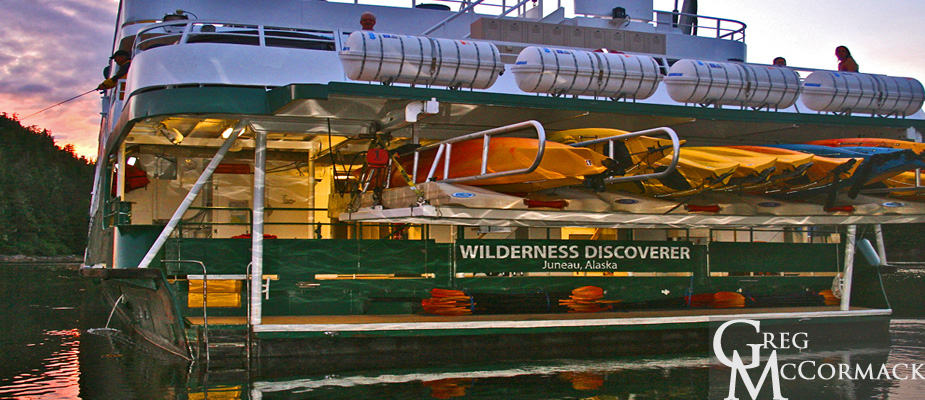
Nature can reveal truths to those that have an open mind and heart. Of course, being in the right place at the right time helps.
Thanks to Captain Marce for choosing to bring us here!
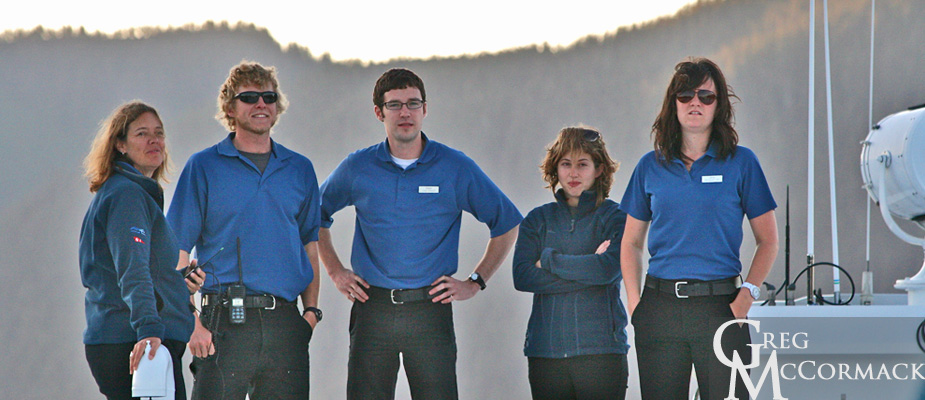
Monday | July 11
September 26, 2011 by admin
Filed under InnerSea Discoveries
Klawock
“The white man must treat the beasts of this land as his brothers. What is man without the beasts? If all the beasts were gone, we would die from a great loneliness of spirit…for whatever happens to the beasts also happens to the man. All things are connected. Whatever befalls the earth befalls the children of earth.” –Chief Seattle, Puget Sound Suwamish Tribe 1854
More sunshine! We awake early and enjoy the slow cruise and docking at the pier in the town of Klawock, located on the windward side of Prince of Wales Island.
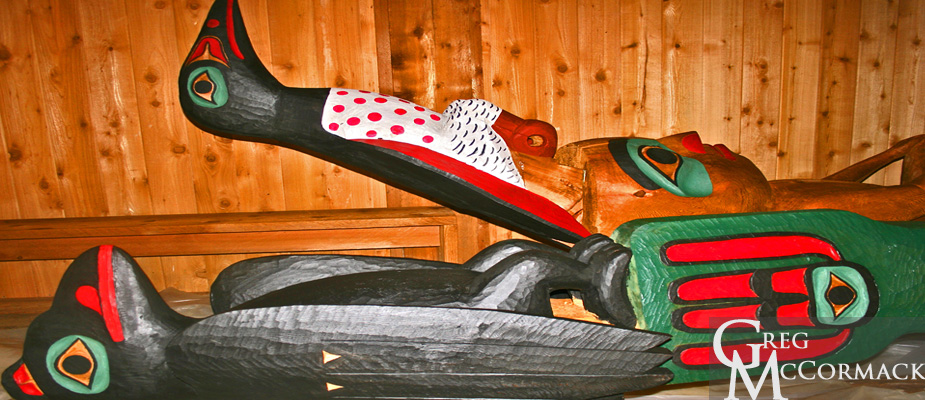
Our Tlingit hosts take us on a walk to see the totem-carving shed.
We also see the longhouse that holds the newly carved and painted totems.
A ¼-mile away behind the local shopping mall lies an empty lot that has dozens of old totems lined up in a row, exposed to the sun and rain. On the 1-mile walk back toward the ship, we visit the totem park at the center of town. Celebrations and pole-raising will take place in early August for 5 or 6 totems. Years of hard work and carving have gone into these amazing totems.
I have a couple of volunteers help me with a plankton tow on the pier. The pier lies in the middle of an estuary, where the river meets the sea. We can see the bounty of life floating beneath the ship including schooling fish, ctenophores and the lions mane jellyfish.
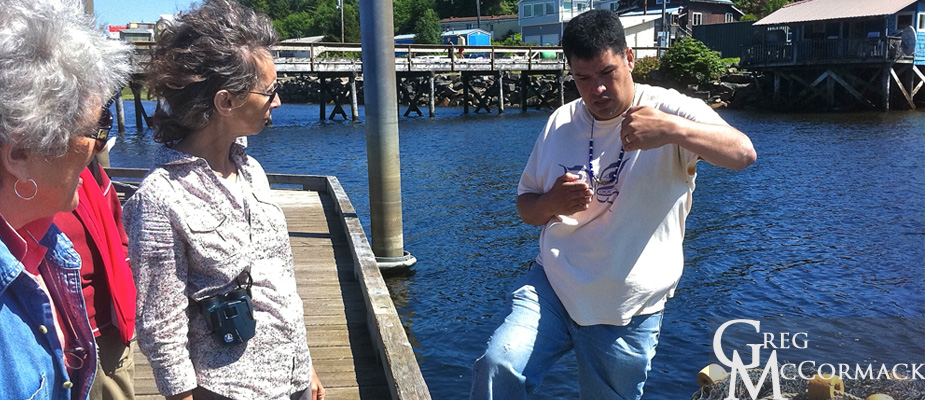
Back aboard, I set-up two stereoscopes and pour the contents of the plankton tow into specimen dishes for observation.
In the afternoon, we are back in Sea Otter Sound. Our wildlife spotters are able to find a couple of sea otter rafts. An announcement from the bridge alerts guests about a small-craft advisory in effect. Therefore, we won’t be crossing Chatham Strait over to Baranof Island.
As a result of the small-craft warning, we’ll be looking at an itinerary change that we all will be excited about. It sure is appreciated when folks on an expedition-style voyage have a flexible attitude, adapting to different circumstances!
The unknowns on any trip add to the excitement! Our expedition leader and captain spend hours pouring over the charts to determine what would provide the most interesting alternative (to sea-sickness and possible damage to items on the ship).
Sunday | July 10
September 26, 2011 by admin
Filed under InnerSea Discoveries
El Capitan
“Everybody needs beauty as well as bread, places to play in and pray in, where nature may heal and cheer and give strength.” –John Muir “The Mountains of California”
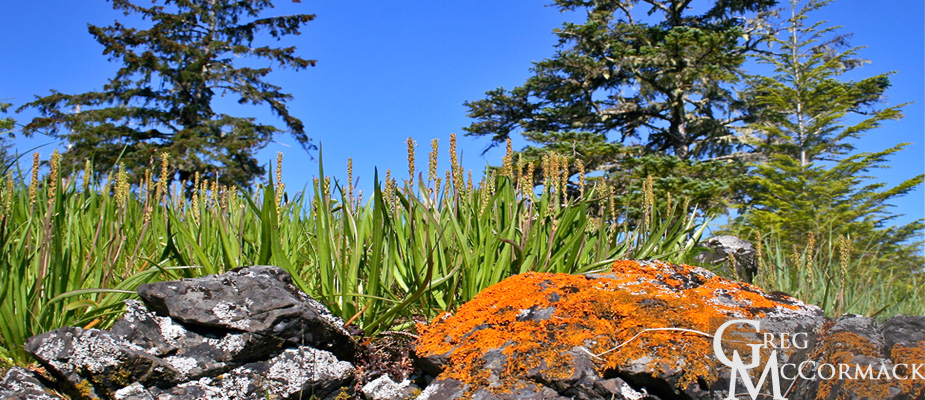
All of our guests are asked to go through our three “station rotation” trainings in kayaking, stand-up paddleboarding, small boat and bear safety.
Each “evolution” occurs in a different area of the ship (two in the lounge and one on the top deck).
After grabbing paddle jackets and depositing them in the lockers, adventure-seekers are ready for disembarking on our first full day of activities at Prince of Wales Island.
We anchor at the north end of El Capitan Passage where Dry Pass enters a bay approximately ½ mile wide by 3 miles long.
Despite the fact that there has been heavy logging in the past (clear cuts are visible along with a logging road on the north shore that leads to a small, private lodge), the place is peaceful and scenic.
My job this morning is to provide a “kayak clinic” for beginning kayakers out in the bay. I demonstrate paddling techniques, bracing, how to turn around, get the rudder up and down among other pointers.
“We could try the ‘Eskimo Roll’ if you’d like?”, I asked jokingly. The temperature of the waters here are in the high 40’s to low 50’s Fahrenheit, or about 10 degrees Celsius. If we were to practice rolling and submerging, we’d want to don dry suits.
Highlights along the shoreline include a Sitka black-tailed deer (doe with fawns) browsing on grasses above the beach wrack or strand zone, bald eagles at their nest, breaching salmon and best of all: Sunshine!
On our way back to the ship, I recruit other kayakers to help find macro-algaes, in particular the bull kelp. The pneumatocyst or air float can mimic the head of an otter, especially when there is a wind chop or swell on the sea surface. We find some un-attached Nereocystis leutkeana floating with its holdfast attached to a tiny rock. We haul it aboard and put it in a bucket for further examination later today.
In the afternoon I lead a less intense version of a forest walk that doesn’t include 367 steps up a steep hill to a cave.
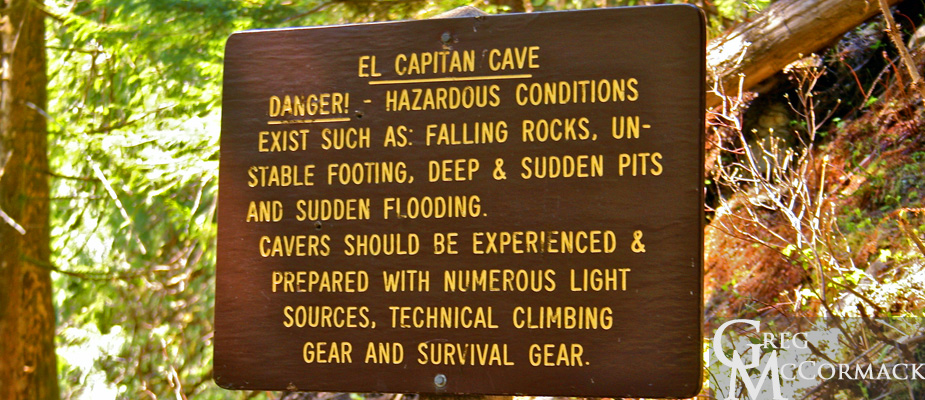
After my introduction explaining safety in bear country, I address my group of intrepid travellers with the theme for the day, one that has been a favorite of mine over the four decades that I’ve been leading interpretive walks:
“Folks, instead of hiking, we will saunter—serendipitously–along these Forest Service roads. Horace Walpole, a British writer in the mid-1700’s, wrote a fairy tale called the ‘Three Princes of Serendip’. They had a knack for the unexpected, for discovering things that they had no idea they’d find. So let’s use all of our senses and see what we might come across over the next 90-minutes.”
Our finds included the stinky raceme of the skunk cabbage, scatological findings from several mammals, squirrel pine cone middens, flowers, mushrooms and various birds that I identified “by ear”, amongst other delightful finds.
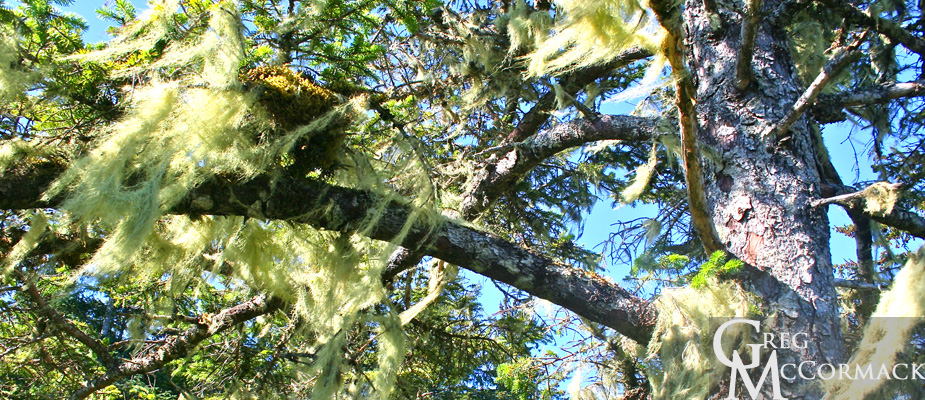
Back aboard, I give a talk entitled “The Multifarious Uses of Nereocystis leutkeana”, a demonstration of the marvelous seaweed called the “bull kelp”. There are a lot of histrionics involved, including audience participation and hand-held specimens.
Here’s a few of the highlights:
• Bull Kelp is an annual that can grow to 20 meters
• The range of this nearshore brown algae is from central California to Alaska
• The decimation of the (urchin-eating) Sea Otter by the Russians led to an increase in the herbivorous (kelp-loving) sea urchins and a subsequent decrease in kelp and what the kelp forest harbors, including many dozens of invertebrates and fishes
• Native American uses include food and medicine, and recreational uses including ceremonial speaking tube, musical instruments, siphoning hose, jump rope, lion tamer, target practice, etc.
I entertain folks by using a knife to cut the kelp specimens and volunteers entertain everyone by using the hollow stipe as a trumpet-like horn, bugling the announcement for dinner!
Saturday | July 9
September 14, 2011 by admin
Filed under InnerSea Discoveries
“If I had influence with the good fairy who is supposed to preside over the christening of all children, I should ask that her gift to each child in the world be a SENSE OF WONDER so indestructible that it would last throughout life, as an unfailing antidote against boredom and disenchantments of later years, the sterile preoccupation with things that are artificial, the alienation from the sources of our strength.” –Rachel Carson
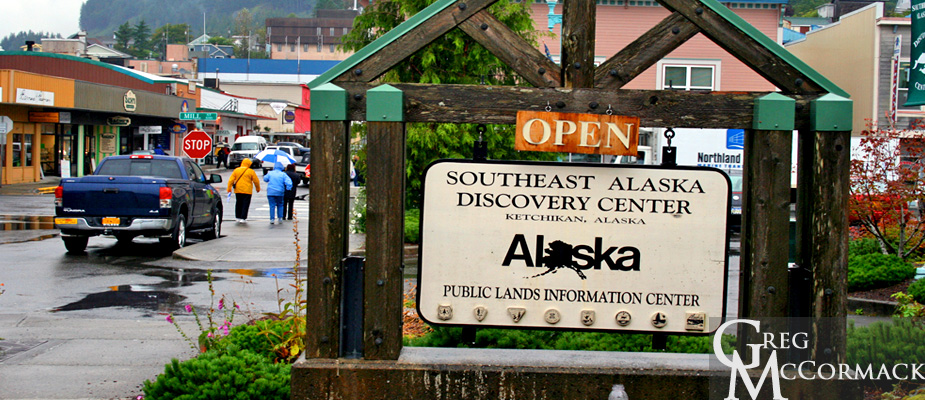
All of the M/V Wilderness Discoverer crew forms a line off of the ship on the dock and we shake hands, hug and express our fond farewells to passenger-guests. Folks are very thankful for the natural history interpretive talks I gave over the week. My favorite compliment was one that spread over the ship about a search engine like Google called “Greg-gle”. A guest explained: “Instead of finding an answer by Googling, we think the best way to get an answer is to Greg-gle a query. You were so full of amazing answers on a multitude of subjects.”
One passenger said I would make an amazing minister with my views on Nature. Another said that I was more than a PhD…that I must have several honorary degrees with all of my knowledge on a variety of subjects. An Aussie stated I should run for President and that I would be famous in all of Australia for my ice-swimming and imitation of a seal on an ice-berg.
My fellow colleagues get a boost from the many compliments they received for a job well done. Each one of us, with our outgoing personalities and the pride we take in our jobs, makes small-ship cruising a big hit in the cruise industry. We feel good in knowing that our new company is profitable, as we hear rumors that InnerSea Discoveries may be purchasing some new vessels for upcoming itineraries next year. Kudos to the home office for their expertise in choosing this itinerary and recruiting great guides and crew. We are all giving memories for a lifetime for our guests.
After preparing the ship for the next group of guests, we have about an hour to ourselves onshore for R&R or personal business. It is fun to see how busy this town can get with a huge cruise ship in port!
Thursday | July 7
September 14, 2011 by admin
Filed under InnerSea Discoveries
“I look forward to an America which will not be afraid of grace and beauty, an America which will protect the beauty of our natural environment….” –John F. Kennedy
Into Yes Bay we go for a day full of adventures. We are lucky to see some sunshine today, as this region receives close to 160 inches or over 13-feet of rain a year.
I lead a group of experienced snorkelers (all but one are certified divers) to a couple of sites, one on each side of the bay. It’s entertaining to see the initial reaction when folks get in the water and the wetsuit if filled up with 45-degree Fahrenheit water.
We have a lot of fun kicking along the shoreline. It’s atypical to have a group that can get down underwater without the use of weights, which is not an easy thing to do for a novice. Diving down deep requires a familiarity with the Vasalva maneuver, which helps relieve the pressure on the ears and sinuses.
It takes a few forceful kicks to get down 10, 20 or 30 feet. I come up with handfuls of colorful invertebrates to show our group and small-boat driver.
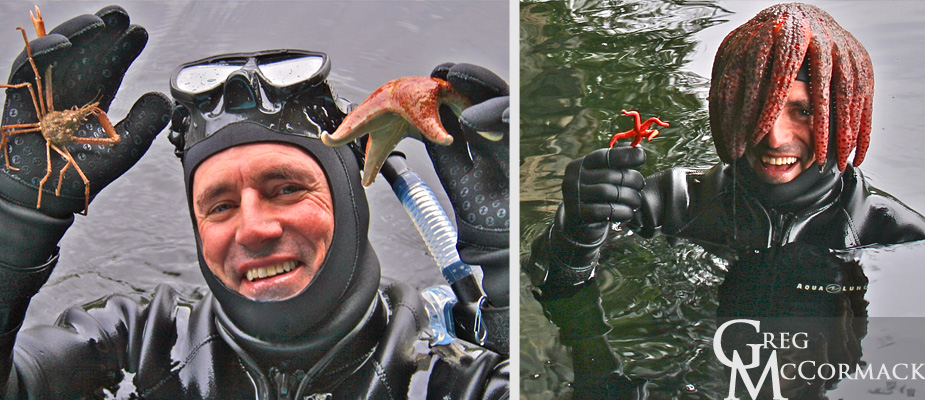
A fabulous sunset leads to quiet reflections for guests. A wonderful time is had by all out on the deck with appetizers and drinks.
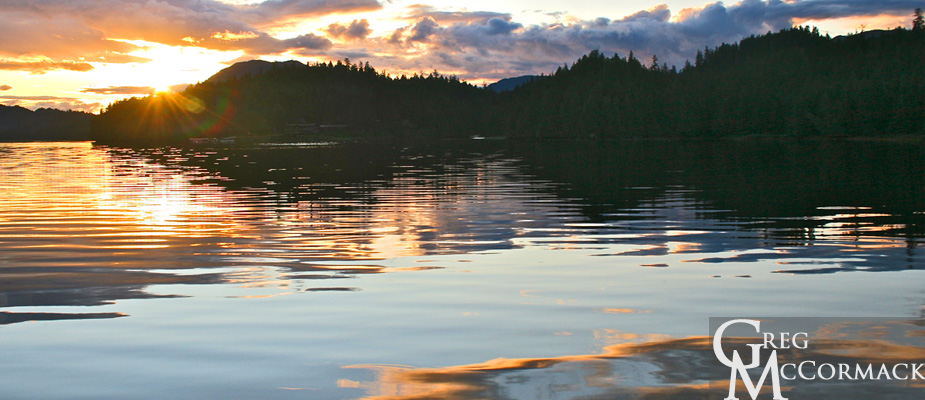
Our Chief Mate Kevin Martin entertains everyone on the forecastle or fo’c’s’le by playing the banjo.
Friday | July 8
September 14, 2011 by admin
Filed under InnerSea Discoveries
“One of the great dreams of man must be to find someplace between the extremes of civilization and nature where it is possible to live without regret.” –Barry Lopez
We motor into Walker Cove and immediately the kayaks are dropped into the water for an early-morning, one-way kayak up into the tranquil fiord.
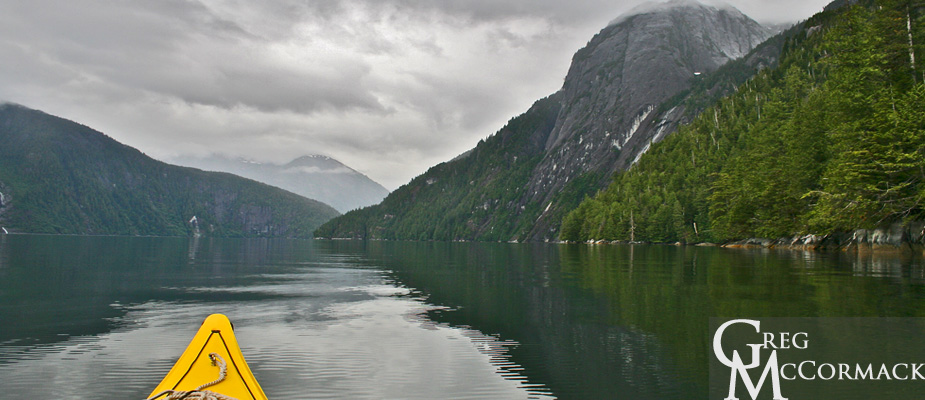
This is as close to a “Yosemite Valley” as you can get, with domes, waterfalls and exfoliated rocks.
I lead half of the kayakers on the east side of the cove beneath the seemingly endless cliffs that drop directly into the deep fiord. We pass many waterfalls and are amazed by trees growing out of the sheer rock faces
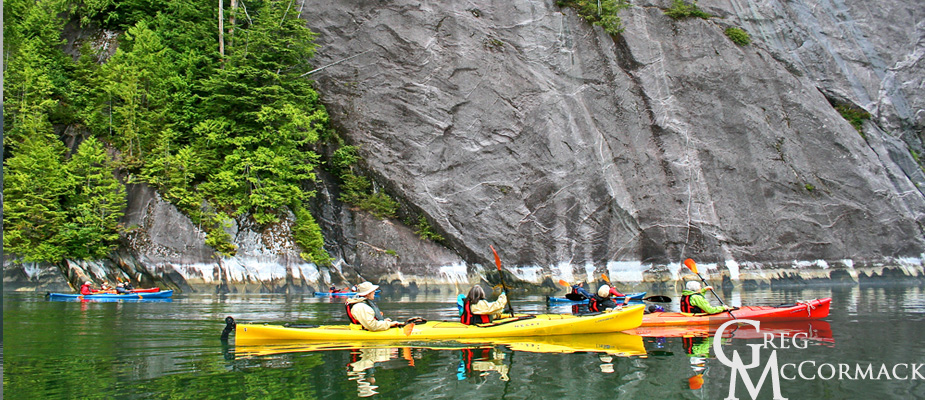 .
.
We enjoy watching an eagle as it preens itself above us. A belly feather slowly descends toward the water. I spin my single Necky kayak to go and catch it, then change my mind and just watch it slowly drop on heavy air toward the sea surface. It reminds me of the ending scene in the movie Forrest Gump, where a feather lifts up out of a book above a school bus and sails to some unknown destination.
Our hard work is rewarded as a brown bear awaits us at the end of our kayak sojourn. at the mouth of a small river.
The old-growth forest here in Misty Fiords National Monument is impressive, with 250-foot tall spruce and hemlock that tower above the estuarine ecosystem.
I had to admit that this looks like the same brown bear that we’ve seen before and that it deserves a big fish dinner from us for showing up again and again during our twice a month visits.
Some folks that had to run to the ship for a visit to the heads came back out and enjoyed watching the bear dig and eat clams in the mudflats.
Wednesday | July 6
September 14, 2011 by admin
Filed under InnerSea Discoveries
“We abuse land because we regard it as a commodity belonging to us. When we see land as a community to which we belong, we may begin to use it with love and respect.” –Aldo Leopold
Onboard the vessel right after breakfast, we have a couple of Tlingit guests give an informal lecture with songs and a “show and tell” session in the lounge.
We learn many fascinating things about the dynamic Tlingit culture that has thrived here for a very long time.
This is followed by excursions to see petroglyphs, a performance at Chief Shakes lodge and jet boat tours up the diverse Stikine River.
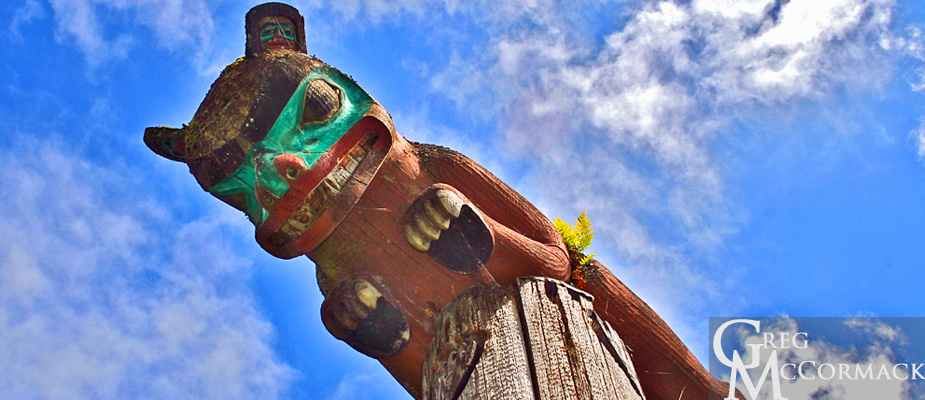
Many folks make the trip to the Nolan Center and purchase natural and cultural history books in the bookstore, among other gift items.
Tuesday | July 5
September 14, 2011 by admin
Filed under InnerSea Discoveries
“O’ Earth, What changes hast thou seen?” –Alfred Lord Tennyson
We offer several activities for guests, including paddle boarding, kayaking and a couple of different hikes, including all-day and half-day hikes. I co-lead a kayak along the lee side of Ruth Island and later a half-day hike up the Patterson River. There are lots of beautiful, verdant plants to point-out to my fellow adventure-seekers.
We see bunchberry dogwood, false lily-of-the-valley, skunk cabbage, salmonberry, several species of fungus and many other herbs, shrubs and trees.
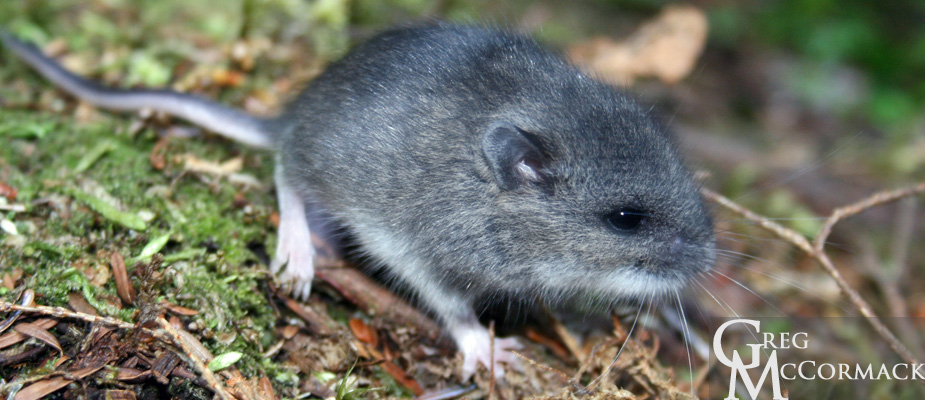
Deer Mouse
Our hike is along ATV trails. We see evidence of old cabins and (hard-to-believe) some dung from cows! Apparently this is not part of Tongass National Forest. Our scatological discovery-of-the-day were moose pellets. I pick-up a hand-full and interpret the fascinating life history of this huge Cervid species: “The moose get quite large, males up to 1600 pounds and females up to 1300 pounds.”
“Moose are herbivorous, feeding on deciduous trees such as willow and birch. Moose will eat as much as 40 pounds of willow leaves in a day, enabling the growth of huge antlers.”
“Antlers are shed in the late fall, early winter. Males are solitary except for the rut. The rut is in the fall. This is when the testosterone in the males is at its peak. Males battle it out for access to females. Subordinate male bulls are sometimes referred to as “sneaker” males for sneaking into a harem while the dominant male is off fighting another male.”
We enjoy the riparian corridor adjacent to the Patterson River. It would take all day to follow the trail up to the Patterson Glacier.
Rumor has it that our company dropped-off several kayaks by helicopter on the lakeshore just a couple of miles from the face of the glacier. One group this summer has made it all the way up with the owner of the company leading the intrepid hikers. It was a strenuous adventure of over 10 miles.
Back aboard the WND, we traverse the famous Wrangell Narrows that separates Mitkof and Kupreanof Islands. Anchorage is just a few miles from Wrangell, which lies near the 17-mile wide delta of the mighty Stikine River.
Monday | July 4th
September 14, 2011 by admin
Filed under InnerSea Discoveries
“The larger the island of knowledge, the longer the shoreline of wonder.” –Ralph W. Sockman
We drop the kayaks early in the morning so that guests can get out before breakfast to paddle. I am reminded of the “meeting of the waters”, a famous spot I’ve seen where the Amazon River meets the Rio Negro in Brazil. It is an area where a very distinct demarcation occurs of clear, beer-colored Rio Negro waters meet the muddy brown waters of the Amazon River.
Here in Thomas Bay, a similar phenomenon exists. The “rock flour” of suspended silt from the Baird Glacier melt-waters is mocha-colored in comparison to the pea-green, plankton-rich waters of nearby Scenic Cove.
Expedition Guide Megan Nelson and I are dropped off a mile below the normal drop-off spot where an earlier group made it just a half-hour earlier. Our small boat drivers blame this on a strong current and very low tide. (At least we aren’t skunked on doing the expedition to the glacier. Our sister ship M/V Wilderness Adventurer could not make it one time this summer due to low tides and katabatic or gravity winds descending off of the glacier.)
The challenges make this a real adventure. At first, the way was difficult, with boot-sucking muds on an extremely low tide with very little elevation profile gain. We finally have it a bit easier as we make it above the mud to a sandy area with a big patch of blooming lupines. We take a group photo and continue another 45 minutes to our normal drop-off spot on the other side of a shallow clear-running stream.
What made this challenging were the 10’s of 1000’s of rounded granitic boulders. Despite the relatively short distance involved, we continued forward because an incoming tide is not a good thing on mud flats in Alaska. Our determined group hiked across the boulder garden stream and continued across moss and lichen gardens to the face of the glacier.
From the snout, we amble onto the ice and continue up a ¼-mile onto the Baird glacier. We snap many photos of the bizarre surface features on the glacier and get a few shots that might potentially be family Christmas photos.
I thoroughly enjoy it when folks are able to endure and enjoy supreme physical challenges. The rewards are great and we hooted and laughed and were bewildered by the mysterious nature of the glacier snout. We see glacier tables, where rocks are suspended on a pedestal of ice. We also see some ice pillars covered with sands and ablation zone crevasses and foliated ice.
Back aboard the ship, we figure Thomas Bay is about a 20-kilometer distance from the Southeast Alaskan town of Petersburg. Our captain and expedition leader decide to make a run to town to see the firework display that takes place at 11 p.m. (when it finally gets dark) at the local high school. We arrive with plenty of time to explore the town.
I meet up with my Alaska Whale Foundation buddy Dr. Fred Sharpe on his boat the R/V Evolution and we play some disc golf on our way up to the high school playing fields. Despite an incessant drizzle, the fireworks show was fabulous and viewers were very happy with the organizers of this 4th of July.
Fred gave one of his prized glow-in-the-dark Frisbee discs to a local on our way back to the ship.
We are all happy for the diversion and get to bed after midnight as the ship makes its way back to Thomas Bay for another full day of adventures on the 5th of July.


